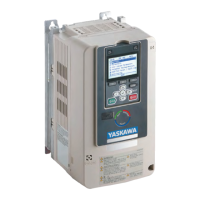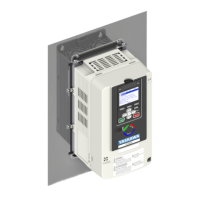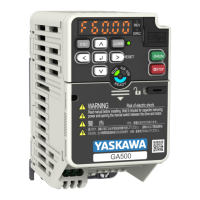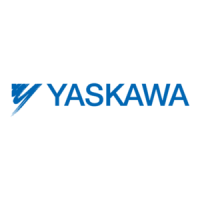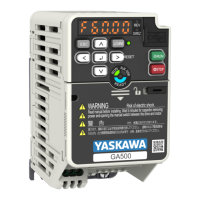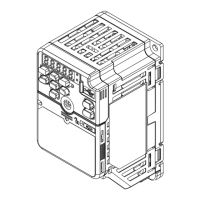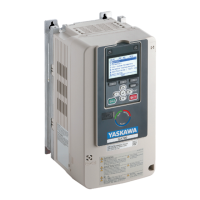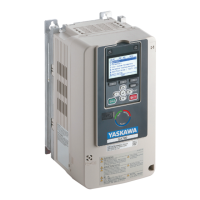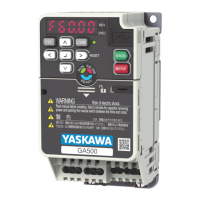How to correct overcurrent detection gain in YASKAWA Controller?
- JJessica ReynoldsSep 8, 2025
If the current flowing in the motor exceeds the value set in L8-27 [Overcurrent Detection Gain] for PM Control Methods on your YASKAWA Controller, correct the value set in L8-27.




